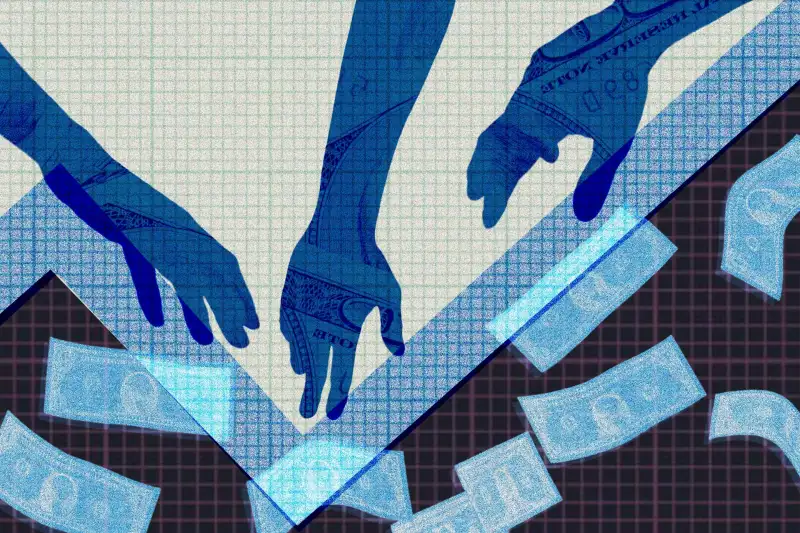More Cash-Strapped Americans Are Raiding Their 401(k)s: Report

More cash-strapped Americans are raiding their 401(k)s, according to new survey data from Bank of America.
Of the more than 4 million participants in Bank of America client employee benefits programs, nearly 16,000 took a hardship distribution from their 401(k) plan in the second quarter of this year (the months of April, May and June). That’s up 12% compared to the first quarter — and up 36% from to the second quarter of 2022.
On average, participants took withdrawals that amounted to a little over $5,000 in the second quarter. That’s a little less than the average withdrawals in the first quarter ($5,100) and in the second quarter of last year ($5,400).
Bank of America also found that more participants took loans from their 401(k)s in the second quarter compared to the first quarter.
Taken together, the data is a sign that, amid sky-high interest rates and two years of high inflation, Americans are looking for extra cash — and willing to tap their retirement funds to find it.
“This year, more employees are understandably prioritizing short-term expenses over long-term saving,” Lorna Sabbia, head of retirement and personal wealth solutions at Bank of America, said in a news release on Tuesday.
What is a 401(k) hardship withdrawal?
A 401(k) is an investment account designed to help American workers save for retirement. Eligible employees can contribute a portion of their paychecks before taxes, and that money grows tax-free.
In normal circumstances, you’ll incur a fee of 10%, in addition to your regular income taxes, on any money you withdraw from your 401(k) before age 59 ½. But in certain cases, the IRS allows you to make what it calls a “hardship distribution” and avoid that penalty.
According to the IRS, these types of withdrawals can be made because of an “immediate and heavy” financial need, like a medical expense, funeral cost or unexpected home repair bill. The amount you take of your account can’t be greater than what’s necessary to cover that need.
Should you take a 401(k) hardship distribution?
You should think carefully before you withdraw money from your 401(k). The decision could be costly.
You won’t avoid extra expenses on what you take out of your plan, for one. You’ll still have to pay income tax on that money, for instance.
That’s not to mention the hit that your retirement savings will take. You won’t be able to put any of the money back in the plan like you would with a 401(k) loan, though you can still make future contributions through your paychecks as usual.
By removing money now, you’re taking any potential investment growth out of the equation, and you could end up derailing your long-term plan. That's why experts often recommend looking for emergency cash in other places before raiding your tax-advantaged retirement accounts.
“It's critical that employees continue to invest in life's biggest expense — retirement,” Sabbia said.
More from Money:
Cashing Out a 401(k): What a 401(k) Early Withdrawal Really Costs
Can I Use My 401(k) To Buy a House?
4 Reasons to Take Out a 401(K) Loan

